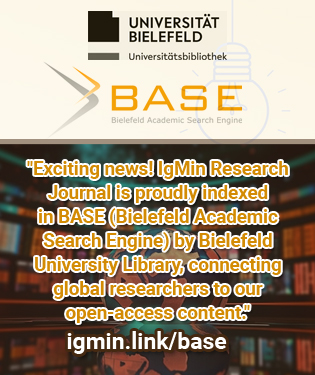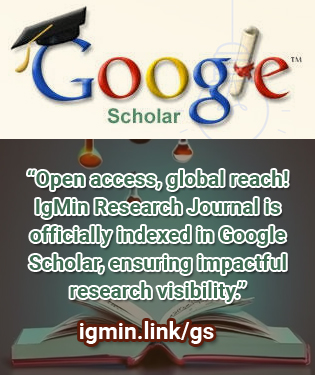要約
Surrealism is a means of artistic expression that places automatism at the root of creation, and it has pursued thought that is entirely free of any preconceived notions or restraints. Art and science are seemingly incompatible with each other—one is emotional, the other rational—but here the author would like to consider the sort of thinking that could emerge if science met surrealism halfway. The author would also like to present the Yoshida effect, a physical phenomenon that was chanced upon serendipitously in which microbiology approaches surrealism. The Yoshida effect is the formation of a fusion body called a penetron when bacterial cells collide with a nano-sized acicular (needle-shaped) material in a hydrogel friction field. The penetron as an intermediate was applied to the finely detection method of asbestos, and gene transformation method by plasmid DNA.






